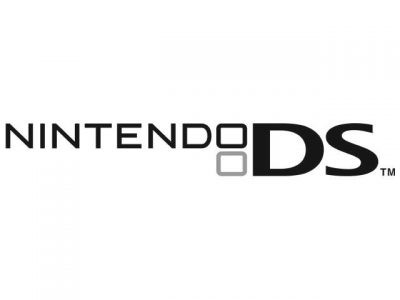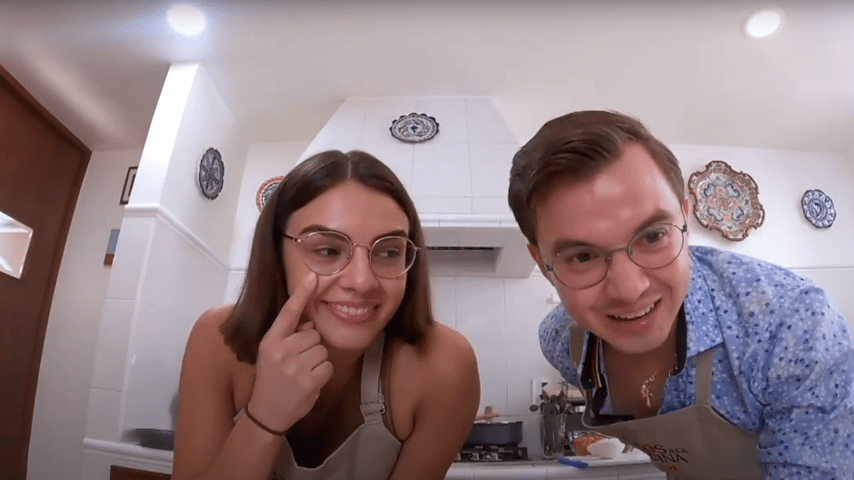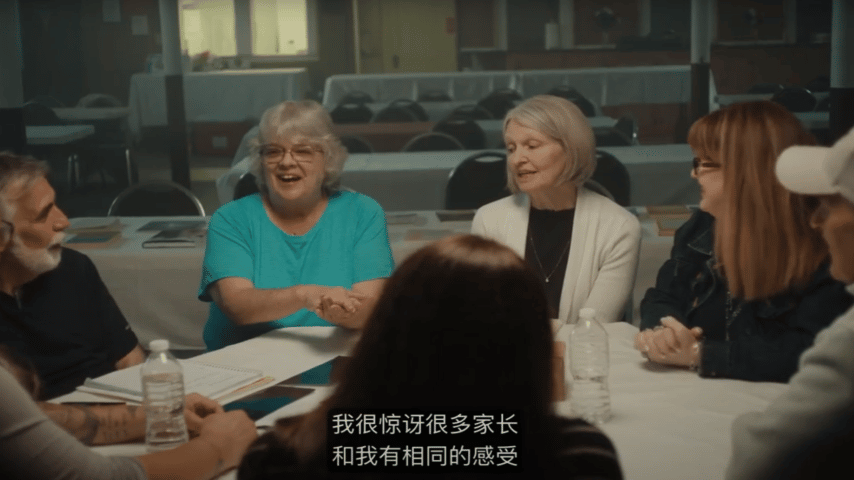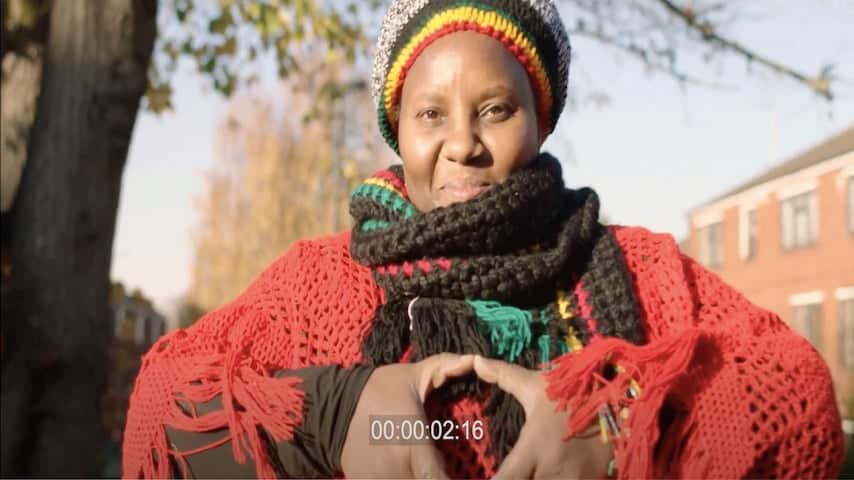Japanese Subtitling and Captioning Services
Bringing content to a Japanese audience requires more than just translation—it demands expert subtitling that aligns with cultural expectations, linguistic precision, and readability. With over 125 million native speakers, Japanese is a language deeply rooted in tradition, politeness, and unique script variations, including kanji, hiragana, and katakana. Subtitling into Japanese requires careful adaptation to maintain the flow, intent, and impact of the original content. Whether for film, television, corporate materials, eLearning, or digital marketing, professionally crafted subtitles ensure that content feels natural and fully immersive for Japanese-speaking audiences.
Japanese subtitles must balance character density, reading speed, and screen space, ensuring viewers can absorb information seamlessly without disrupting their viewing experience. Unlike many other languages, Japanese requires context-specific phrasing, honorific adjustments, and nuanced localization to convey the correct tone and formality for different audiences.
Golocalise are our supplier of choice for all our subtitling and transcription needs. After years of hassle trying to do it all in-house we have found their service to be a revelation in terms of speed, flexibility and costs. Their team is extremely responsive and can always turnaround requests, in any language, within our short deadlines. We can confidently rely on them to provide any deliverables without ever worrying about the accuracy of the subtitling.
Comprehensive Japanese Subtitling Solutions
High-quality Japanese subtitles enhance viewer engagement and accessibility across multiple industries. From the entertainment sector to corporate training, educational content, and global marketing, well-crafted subtitles help break language barriers and establish deeper connections. Captioning services also ensure inclusivity for individuals who are deaf or hard of hearing.
Our Japanese subtitling services include:
Film & TV Subtitling: Perfectly adapted subtitles for anime, TV dramas, and feature films, preserving cultural depth, humor, and emotional resonance. Optimized for platforms like Netflix, Hulu Japan, and Amazon Prime Video.
Corporate Video Subtitling: Enhancing business presentations, internal training, and investor reports, ensuring a polished and professional tone for Japanese audiences.
eLearning & Educational Subtitling: Creating engaging and accurate subtitles for online courses, university lectures, and training programs on platforms like Udemy, Coursera, and corporate LMS systems.
Marketing & Advertising Subtitles: Adapting advertisements, product promotions, and brand campaigns to align with Japanese consumer behavior, cultural trends, and local market preferences.
Social Media & Digital Content Subtitling: Optimized subtitles for YouTube, TikTok, Instagram, and NicoNico, ensuring content is engaging and digestible in Japan’s fast-paced digital environment.

Whether it’s a 30-second commercial or a full-length documentary, every subtitle is carefully crafted to maintain clarity, precision, and cultural impact. For urgent projects, we provide fast turnaround times while upholding the highest quality standards.
Benefits of Using GoLocalise as Your Subtitling Service Provider
- Impress your clients with high-quality English and foreign language subtitles that enhance their viewing experience.
- Rigorous quality control ensures all templates are created and checked in-house, meeting accuracy and professional timing standards.
- Industry leading subtitling software guarantees perfectly timed subtitles, carefully positioned around shot changes for seamless integration.
- Skilled native subtitlers accurately translate meaning while maintaining style, readability, and space constraints.
- Experienced project managers perform thorough quality checks to ensure flawless final delivery of your subtitles.
- Ready-to-use videos with translated burnt-in subtitles (open captions), fully prepared for upload to your website, with customisable font, size, colour, and positioning.
- Multi-language closed captions can be switched on or off across platforms like YouTube, Vimeo, Netflix, Amazon Prime, Disney+, social media, and other streaming services, as well as for DVD and Blu-ray content.
- On-screen text and captions can be translated and graphically edited to create a polished multilingual video version.
- Closed Captions and SDH subtitles make your content accessible to a wider, more diverse global audience.
Whether your project involves short promotional content or full-length feature films, we handle it with the utmost precision and professionalism. For time-sensitive projects, we offer expedited services without compromising on quality.
Let's get started!
The Subtitling Process In A Nutshell
Send us your video file in any format. We’ll ensure it’s compatible with our subtitling software. If you’re unsure about the format, feel free to double-check with us.
We’ll create an English subtitle template, which is crucial if the subtitles will be translated into multiple languages.
We’ll send the English template to our professional linguists, who will translate it into the requested languages with precision.
Once translated, we’ll import the subtitles into our software. We’ll perform quality checks to ensure proper timing, reading speeds, and line lengths.
We’ll share the subtitles with you for review. Let us know if any changes are needed, and we’ll make adjustments while adhering to technical requirements.
After final approval, we’ll burn in the subtitles (if requested) and deliver the completed video through your preferred file-transfer method.
Why Choose Us?

You deserve the best! Leave your project to the experts at GoLocalise so that you can relax and be assured of getting top-notch results.
Every single detail will be analysed, studied and looked after so that you do not need to worry. Some would say it’s not too classy to blow our own trumpet… but we just like to point out two very important details.
We have achieved ISO 9001 Quality Management certification in recognition of our consistent performance and high standards, and ISO 14001 Environmental Management because we care about our planet! And if you are still curious and want to know more about us, why not have a look at our studio page.
Let's get started!
Why Japanese Subtitles Are Essential for Expanding Your Reach
Professionally localised Japanese subtitles enhance content visibility, engagement, and viewer retention, ensuring your message reaches the right audience with clarity and impact. Subtitles make content accessible to a wider demographic, improving brand recognition and global reach while helping businesses and creators establish a stronger digital presence in Japan.
Key benefits include:
Better Audience Accessibility: Making content inclusive for native speakers, language learners, and individuals with hearing impairments, ensuring greater content reach.
Higher Viewer Retention: Subtitles improve comprehension and engagement, especially for fast-paced, dialogue-heavy, or industry-specific content, keeping audiences more invested.
Optimised Search Performance: Subtitled videos rank higher on Google, Yahoo! Japan, and local streaming services, increasing visibility, discoverability, and audience engagement.
Increased Market Influence: Professionally adapted subtitles enhance brand credibility, allowing businesses to effectively communicate with Japan’s discerning digital consumers.
Improved Social Media Performance: Subtitles boost watch time, shares, and interaction rates, particularly on platforms where muted autoplay is common, such as Facebook, LinkedIn, X (formerly Twitter), and Instagram.
Stronger Global Reach: High-quality subtitles allow international businesses, educators, and content creators to break into the Japanese market, building cross-cultural engagement and audience loyalty.

Fine-tuned Japanese subtitles strengthen credibility, enhance storytelling, and optimise content performance for businesses, educators, and media professionals. They also create a deeper emotional connection with audiences by ensuring that translated content retains its intended impact and authenticity. Well-localised subtitles help brands build trust and loyalty among Japanese consumers, increasing the likelihood of repeat engagement and long-term success.
Professional Subtitling Formats
Whether you need English subtitles or foreign language subtitles, GoLocalise has you covered! We can adapt your existing translations into subtitle format or create subtitles from scratch in any language, including English subtitles and SDH (Subtitling for the Deaf and Hard of Hearing).
You can receive your subtitles in a wide range of professional formats, ensuring compatibility with streaming platforms, broadcast, social media, corporate videos, DVDs, and Blu-ray.
- Open Captions – Ready-to-use videos with burnt-in subtitles, fully prepared for upload to your website. You can customise the font, size, colour, and positioning to match your branding.
- Closed Captions – Subtitles that can be switched on and off in multiple languages. Easily upload them to YouTube, Vimeo, streaming platforms, DVD, or Blu-ray.
- Standard Text-Based Formats – Widely used and compatible with most platforms, including SRT, VTT, SSA, ASS, and SUB.
- Broadcast & Professional Formats – Ideal for TV, film, and high-end productions, such as STL, SCC, EBU-TT, and DFXP.
- DVD & Blu-ray Formats – Designed for optical media, including VobSub (SUB/IDX), SUP, and PGS.
- XML-Based & Proprietary Formats – Used in specialised workflows, such as TTML, DFXP, and Spruce STL.
We collaborate with you every step of the way to deliver high-quality, precisely timed subtitles that seamlessly integrate with your content. Whether for streaming, broadcast, corporate videos, or multilingual accessibility, we ensure your subtitles are accurate, well-timed, and perfectly tailored to your audience’s needs.

Expert Japanese Subtitling with Advanced Technology
Japanese subtitling requires fine-tuned sentence structure, honorifics, and readability to ensure a natural flow. Maintaining conciseness and clarity is key to keeping audiences engaged while adhering to character and timing constraints. Our workflow ensures high-precision subtitles, cultural adaptation, and smooth platform integration. Our approach ensures culturally accurate, well-structured Japanese subtitles for a seamless viewing experience:
Advanced Subtitling Tools: Cutting-edge software delivers precise timecoding, seamless syncing, and optimal text placement. AI tools assist with refining, while manual oversight ensures authenticity.
Native Japanese Subtitlers: Specialists in dialects, industry terminology, and audience preferences, ensuring tone and formality align with the original content.
Thorough Quality Control: Each subtitle undergoes cultural, readability, and timing checks to ensure natural integration with video pacing.
We optimise subtitles for Netflix Japan, corporate videos, gaming, and eLearning, ensuring they fit platform standards and audience preferences. Whether for long-form narratives or fast-paced content, we maintain readability and accuracy without compromising meaning.
Mastering Japanese Localisation in Subtitling
A word-for-word translation is rarely effective in Japanese subtitling—localisation is essential to make subtitles feel natural, engaging, and culturally appropriate. Effective Japanese subtitles should reflect not just the words but also the tone, intent, and cultural expectations of the audience. Essential localisation strategies include:
Cultural Adaptation: Adjusting humor, references, and idioms to fit Japanese cultural sensibilities and viewing expectations.
Honorific Adjustments: Modifying speech levels to reflect proper formality based on audience type and content tone.
Character Spacing & Timing: Ensuring subtitles fit within reading speed limits while maintaining sentence fluidity.
By integrating cultural expertise, linguistic finesse, and audience expectations, Japanese subtitles become a seamless part of the viewing experience rather than feeling like an afterthought. This approach ensures that content retains its emotional impact and relatability, making it more effective in connecting with Japanese-speaking audiences.


Why Choose GoLocalise for Japanese Subtitling?
Working with a trusted Japanese subtitling partner ensures that every subtitle is accurate, culturally attuned, and technically flawless. Here’s why GoLocalise is the preferred choice for Japanese subtitling:
Experienced Native Japanese Subtitlers: Specialists in Japanese media, business communication, and digital content.
Customised Subtitling Strategies: Every subtitle is adapted to match industry trends, audience expectations, and content format.
Advanced Technology & Manual Precision: Combining AI-powered tools with human expertise for flawless results.
Reliable & Timely Delivery: Fast turnarounds while maintaining high-quality standards.
Well-crafted Japanese subtitles do more than translate—they transform content into an engaging and immersive experience. Partnering with expert subtitlers ensures that your message resonates with Japanese audiences, improves accessibility, and enhances viewer engagement. Don’t just translate—localise for impact.
Learn more about Subtitling Services
Let's get started!
What our happy customers say
Jo Samuel
Animator at Pixel Circus

Stefanie Smith
Producer at Education First

Marion Hirst
Translation Project Manager at Language Wire

Nicola
English UK Voice Over Talent
Philippa Strandberg-Long
Deputy Course Leader - Acting, Italia Conti
Thomas Kennedy
Designer at Atlas Knowledge


Price Match Promise
Challenge Our Prices, Enjoy Our Quality























